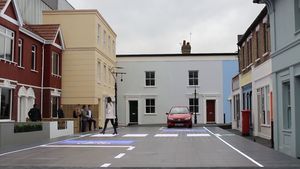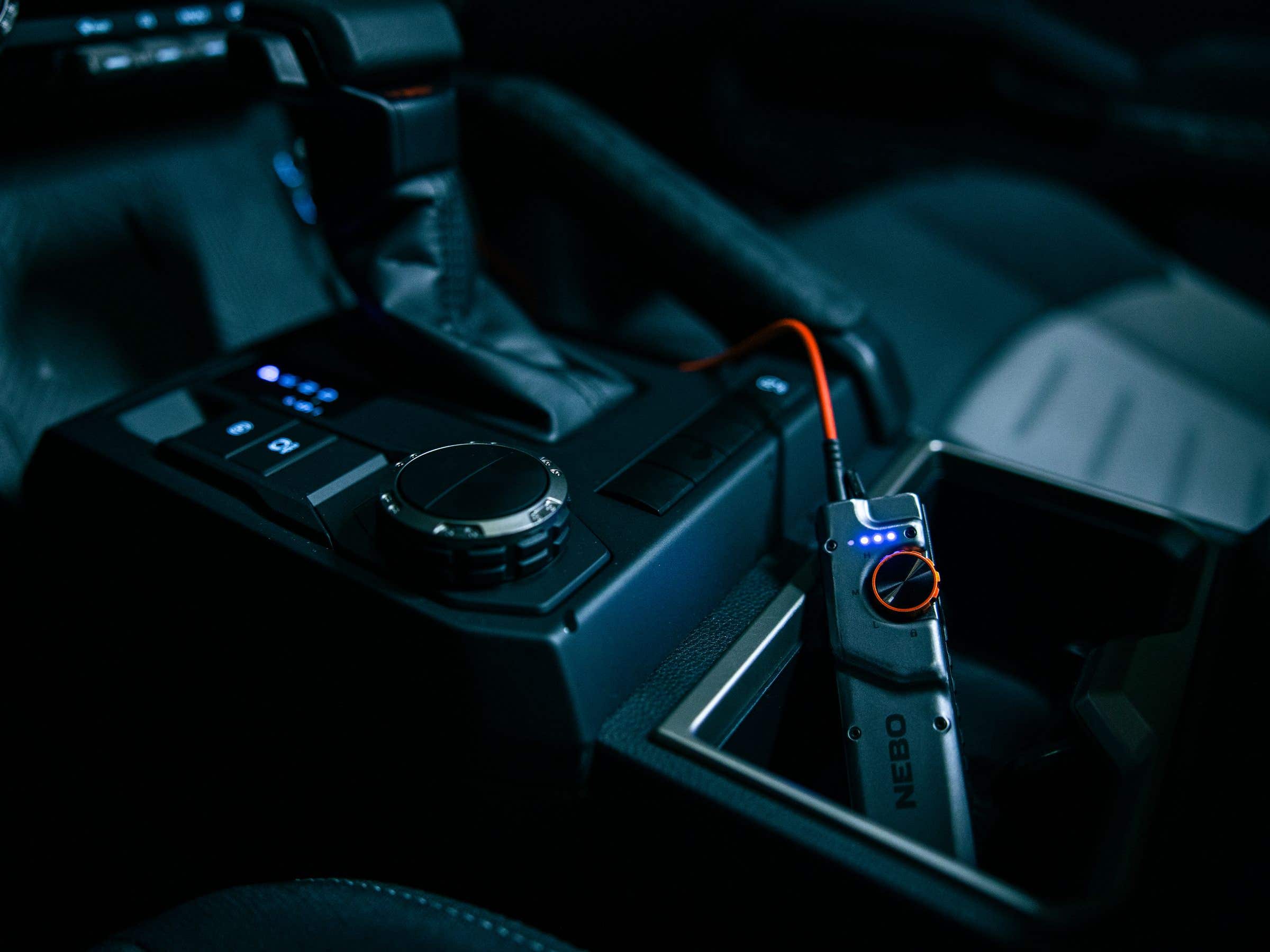Interactive zebra crossing for the 21st century unveiled
The Starling Crossing can sense when a pedestrian is looking at their phone and will use lights to grab their attention

An interactive zebra crossing prototype designed for the 21st century has been revealed.
Designed by Umbrellium, a company that specialises in new technology initiatives, the Starling Crossing (STigmergic Adaptive Responsive LearnING Crossing) responds in real-time to make pedestrians, cyclists and drivers more aware of each other.
Although the crossing uses traditional markings, it can modify their patterns, size, layout and position to prioritise pedestrian safety.
It works by using cameras that can track objects moving across the road surface, which calculates their precise location and anticipates their next move by analysing their direction and speed.
The crossing can also alter itself based on the time of day. For example, early in the morning it may only appear when someone approaches it and guides them to the safest crossing, leaving the section free for vehicles when no pedestrians are nearby.
At busier times, the crossing can expand its width to accommodate more pedestrians.
It also has numerous safety capabilities. If a person is distracted by their mobile phone and veers toward the road, the crossing can display bright warning lights around them to flood their field of vision.
It even responds to children running into the crossing, creating a “buffer zone” around them to alert drivers and cyclists of their trajectory.
Usman Haque, designer of the Starling Crossing, said: “The crossing we know and love has not been updated in decades. It was designed for cities in an older age and we use cities in a very different way now.
“We wanted to update the crossing for the 21st century — one built for everybody.
“It’s designed to look like a real crossing we have now, the special thing about it is that it can be configured in real time for any situation.”





